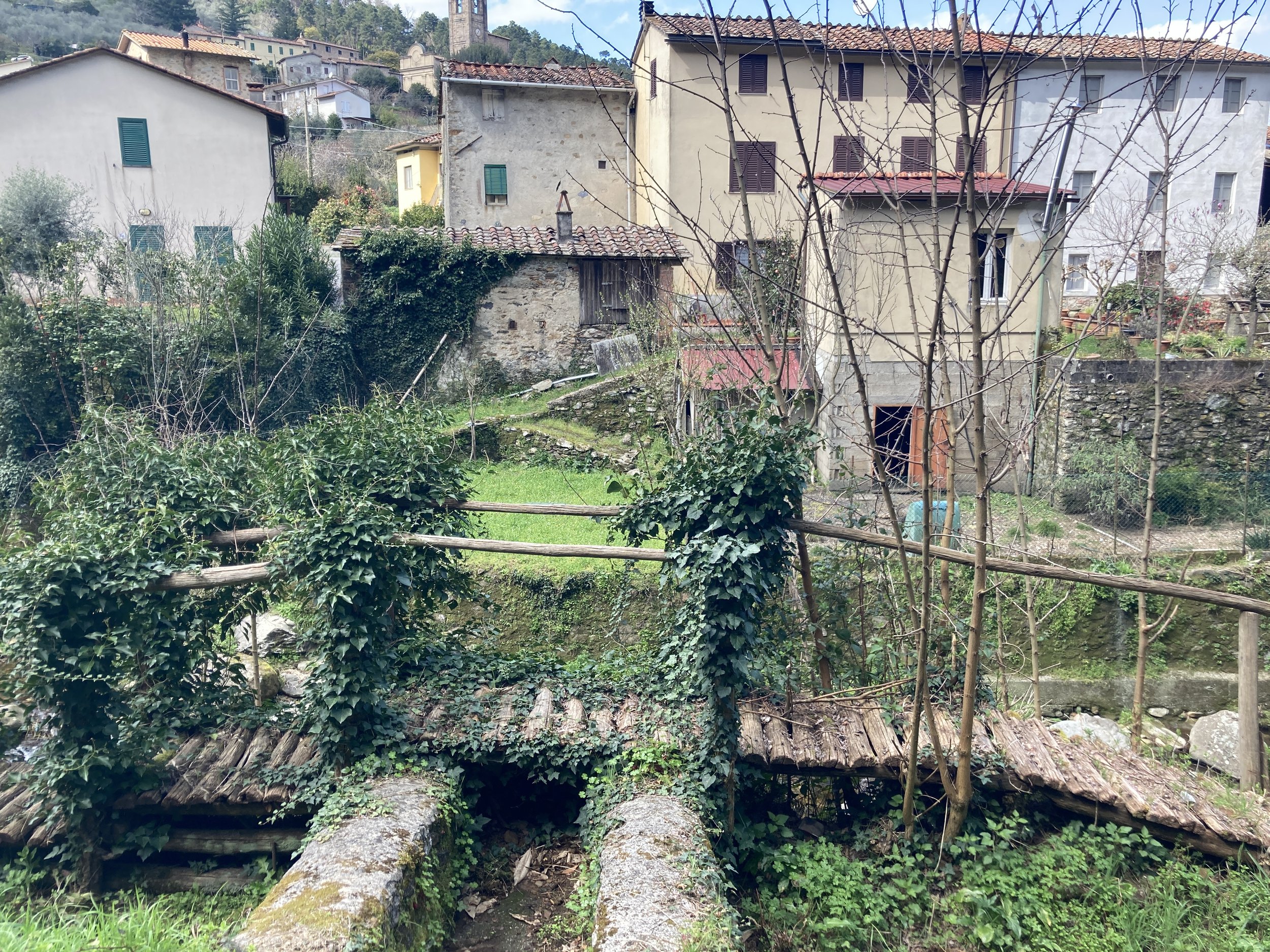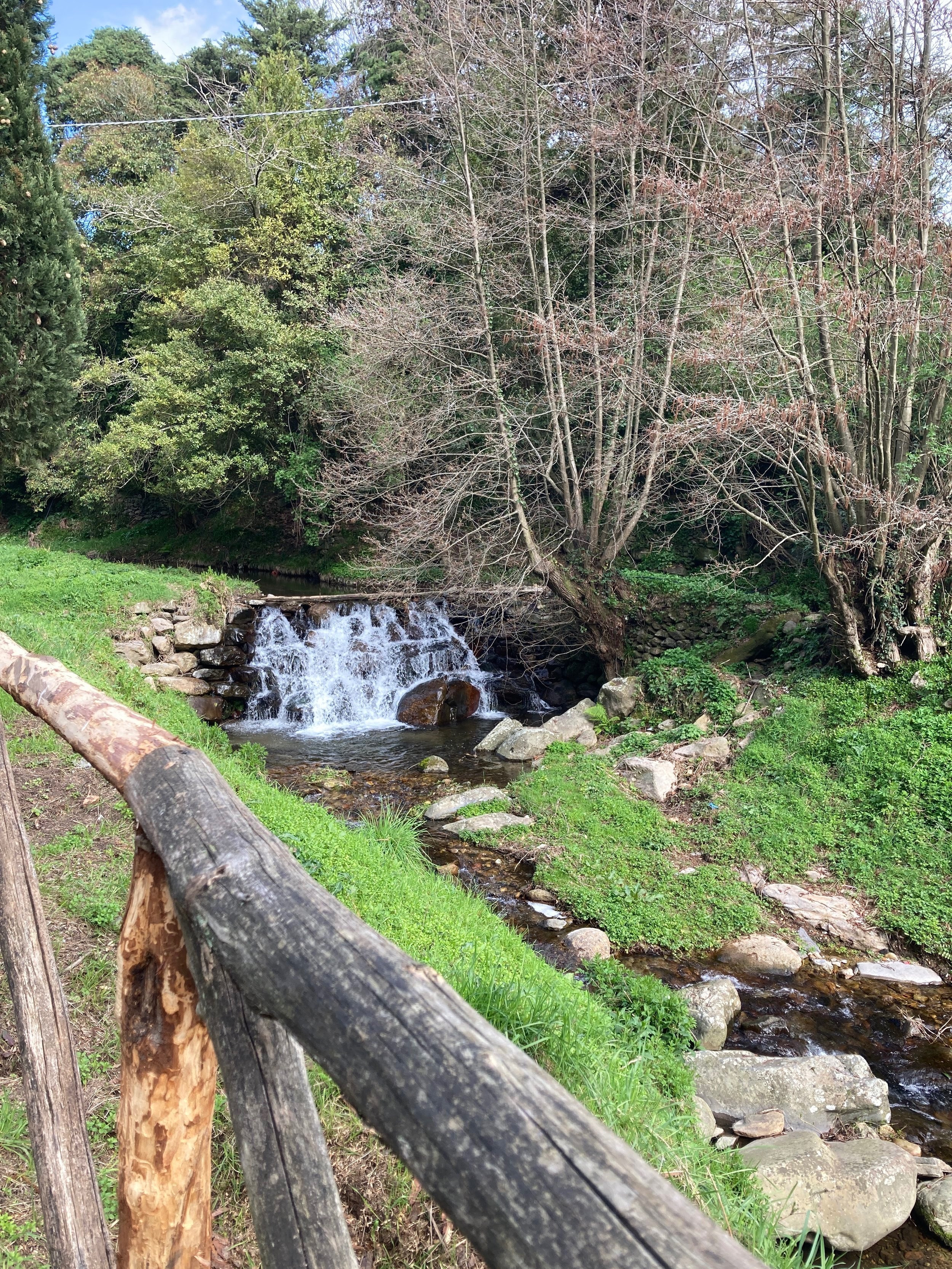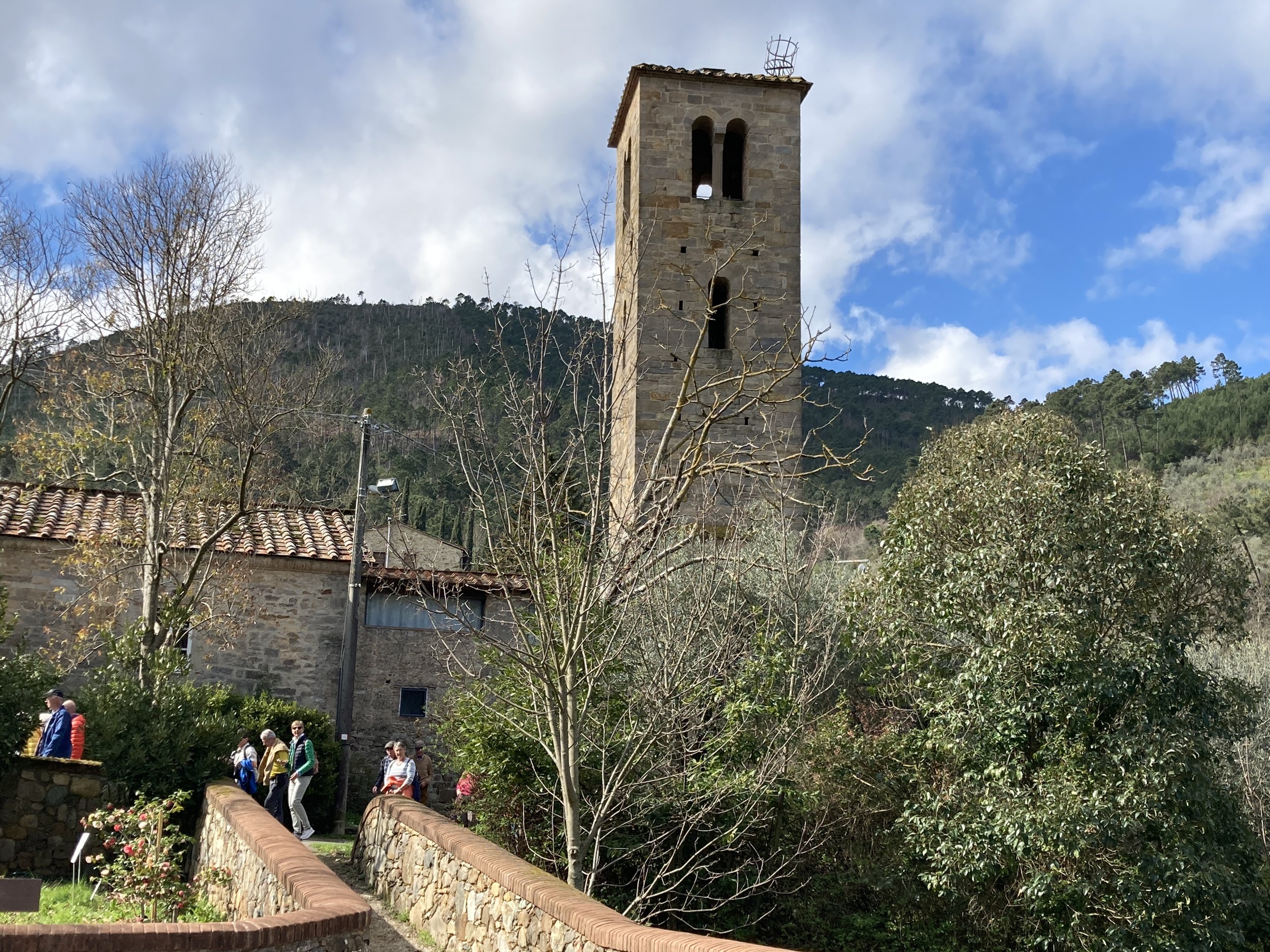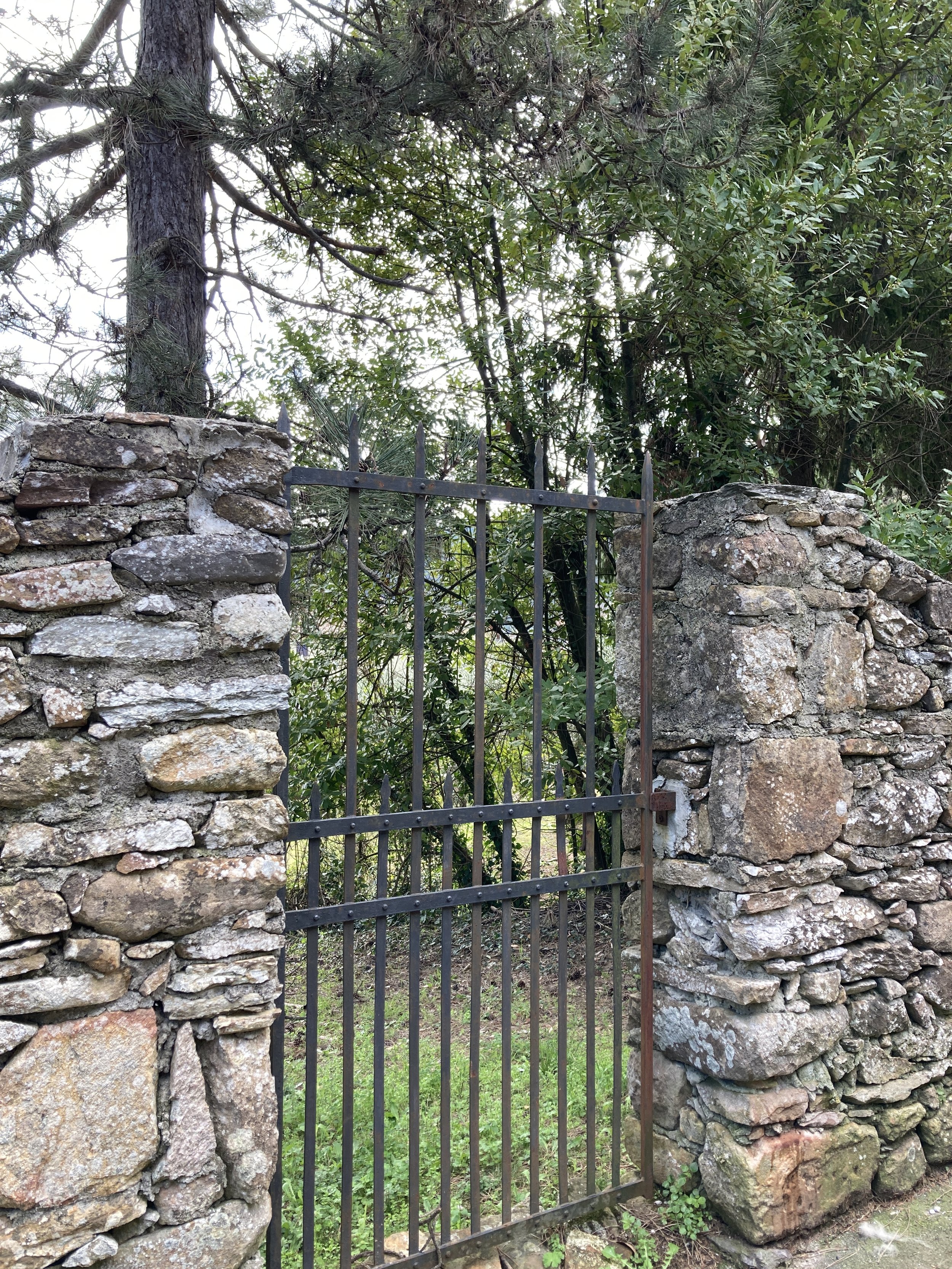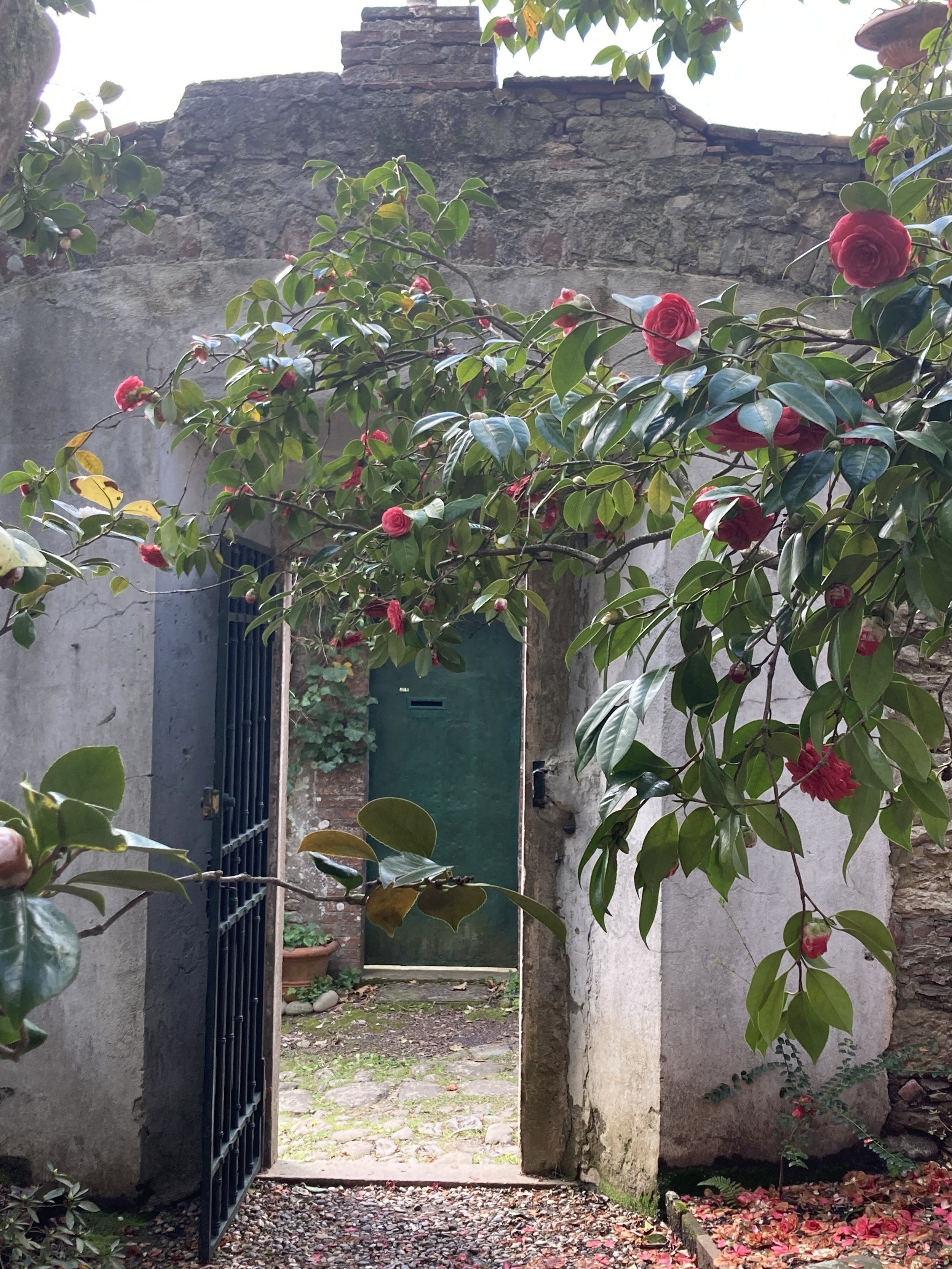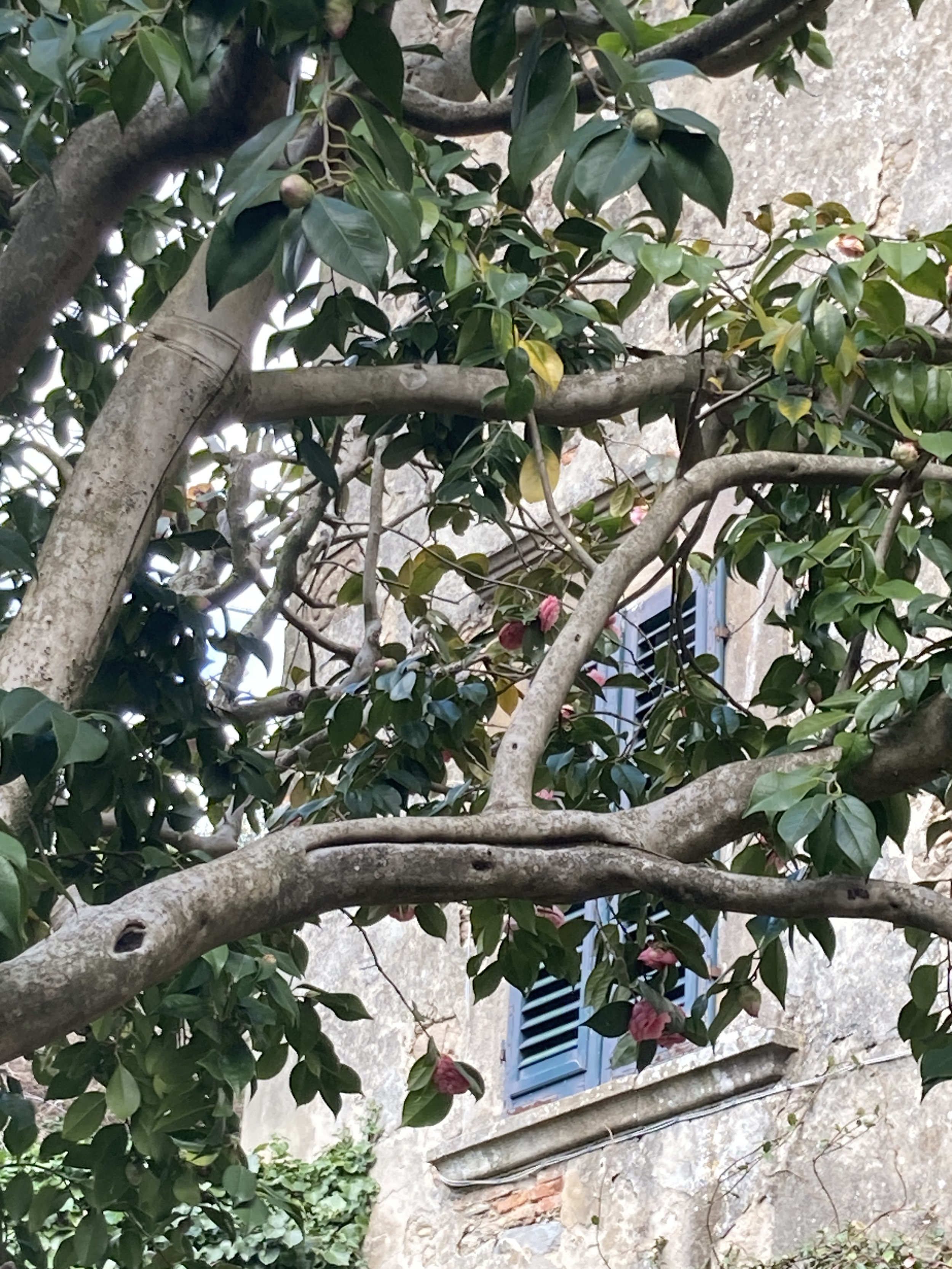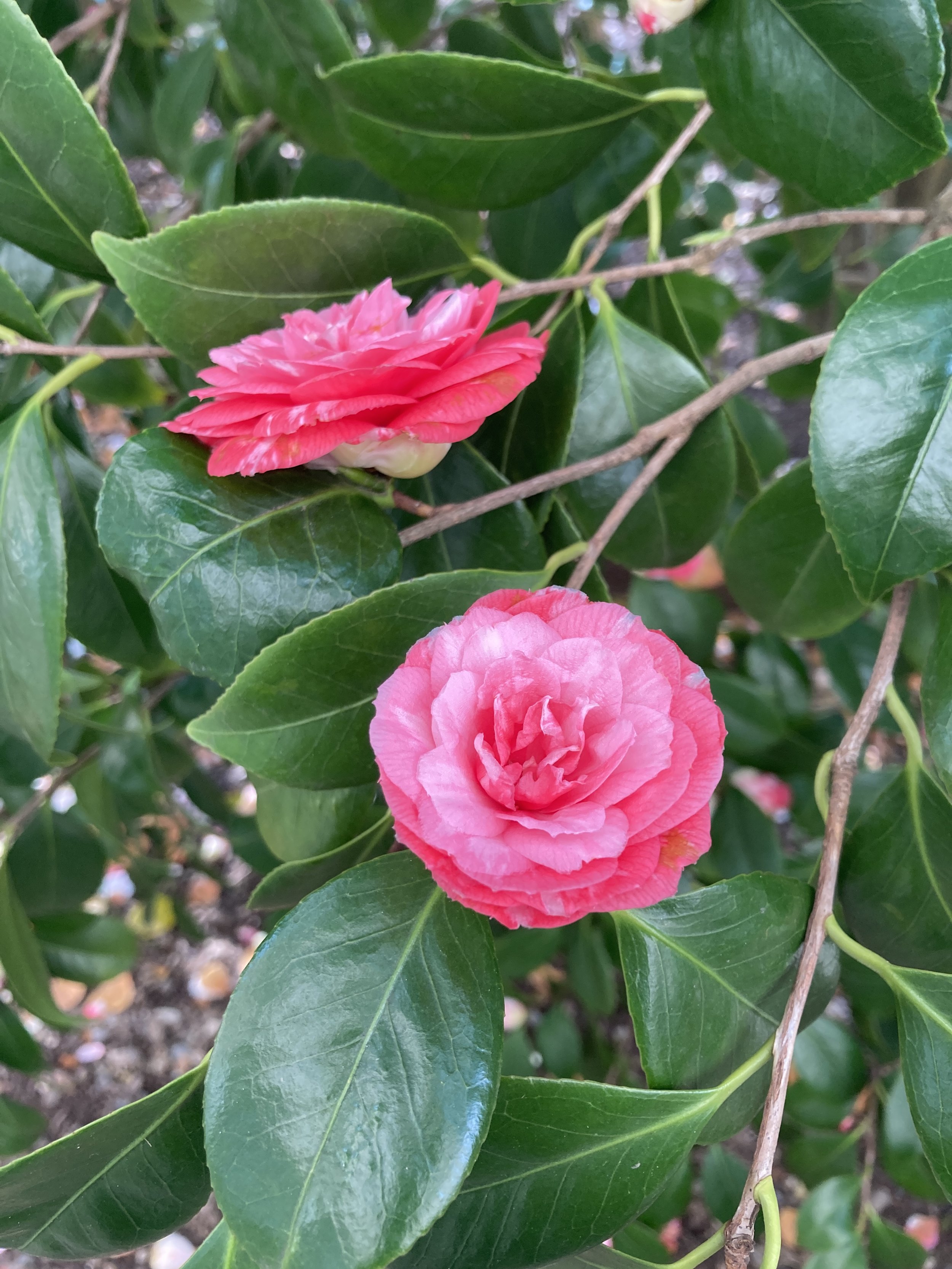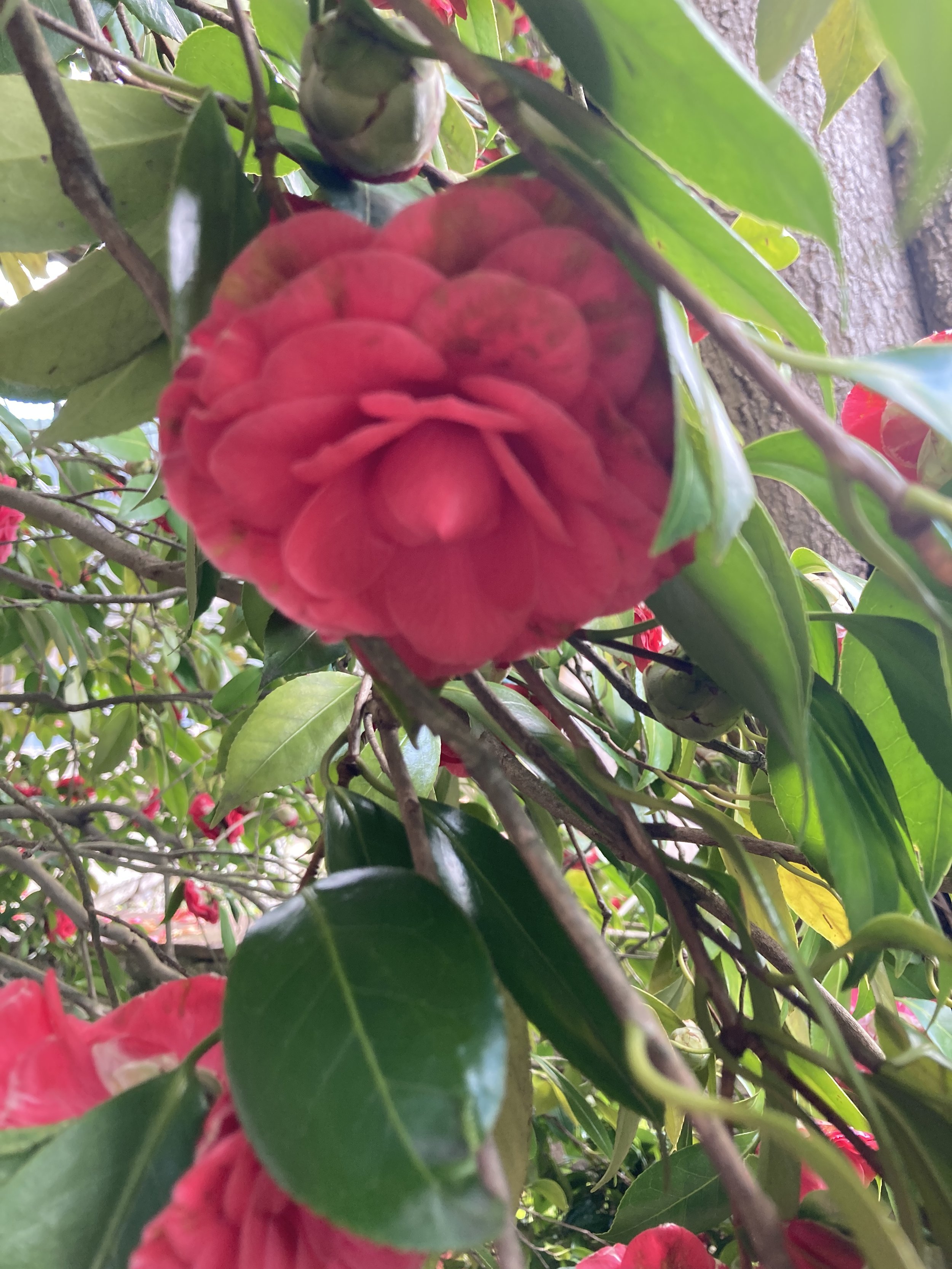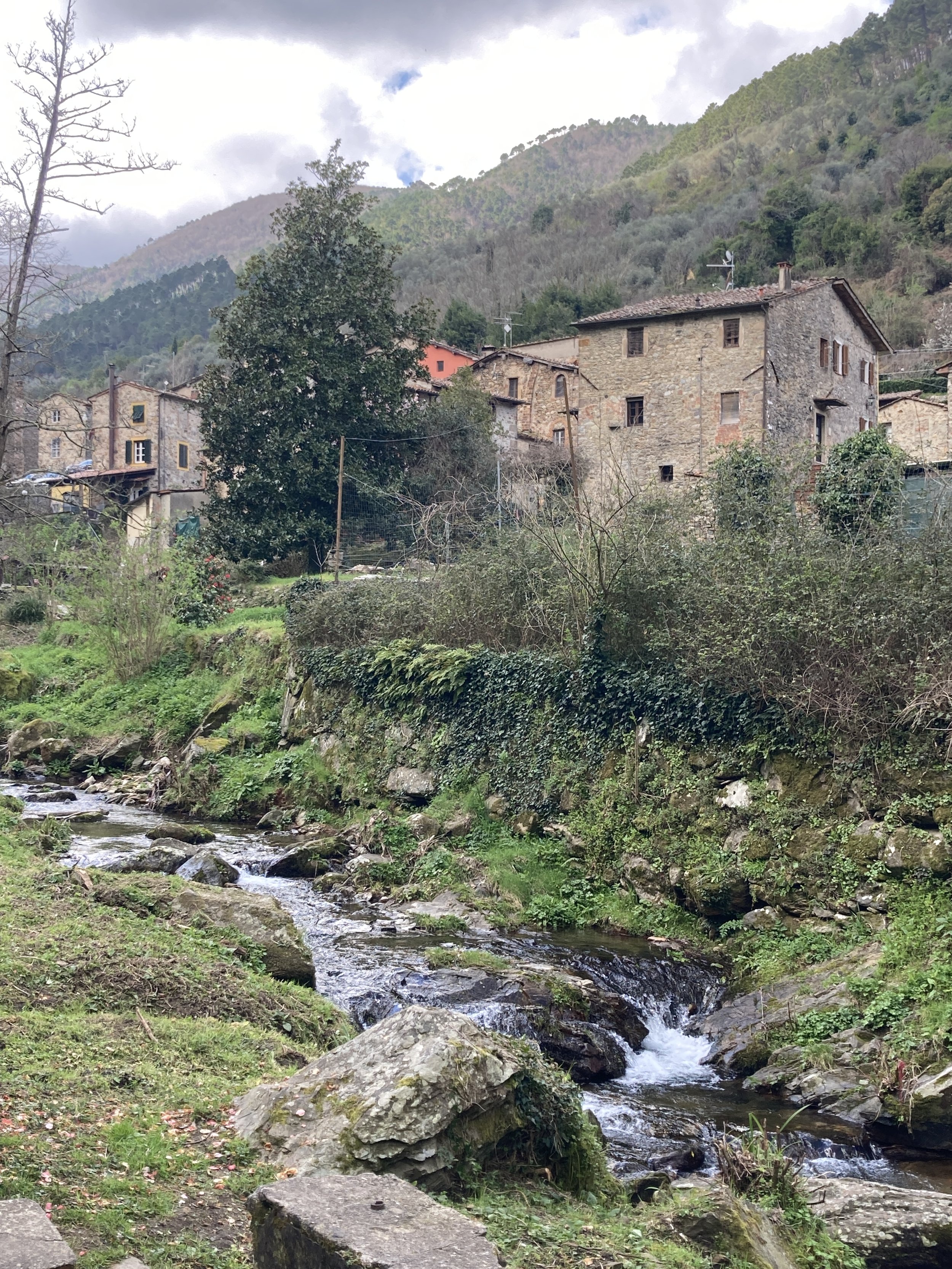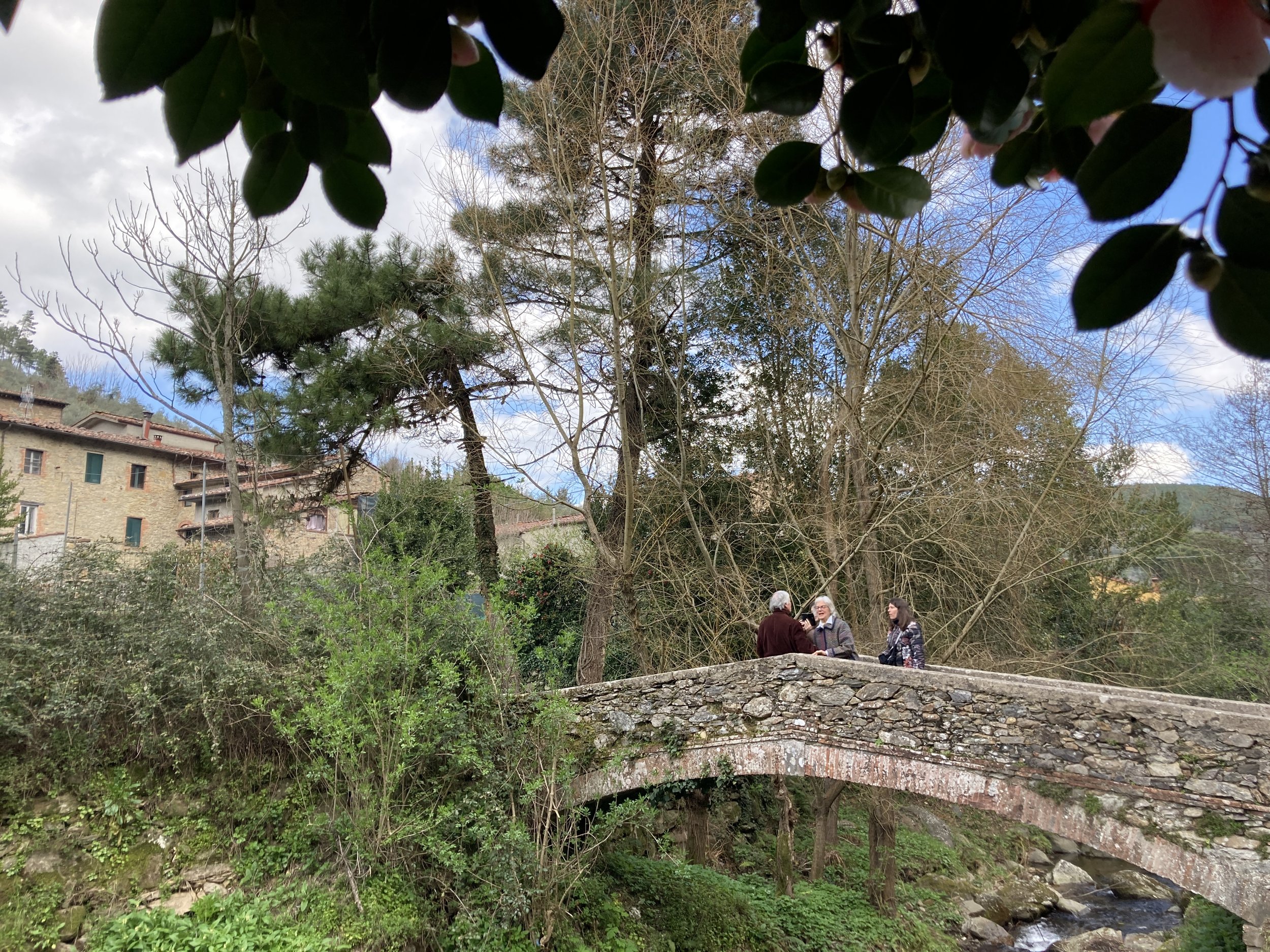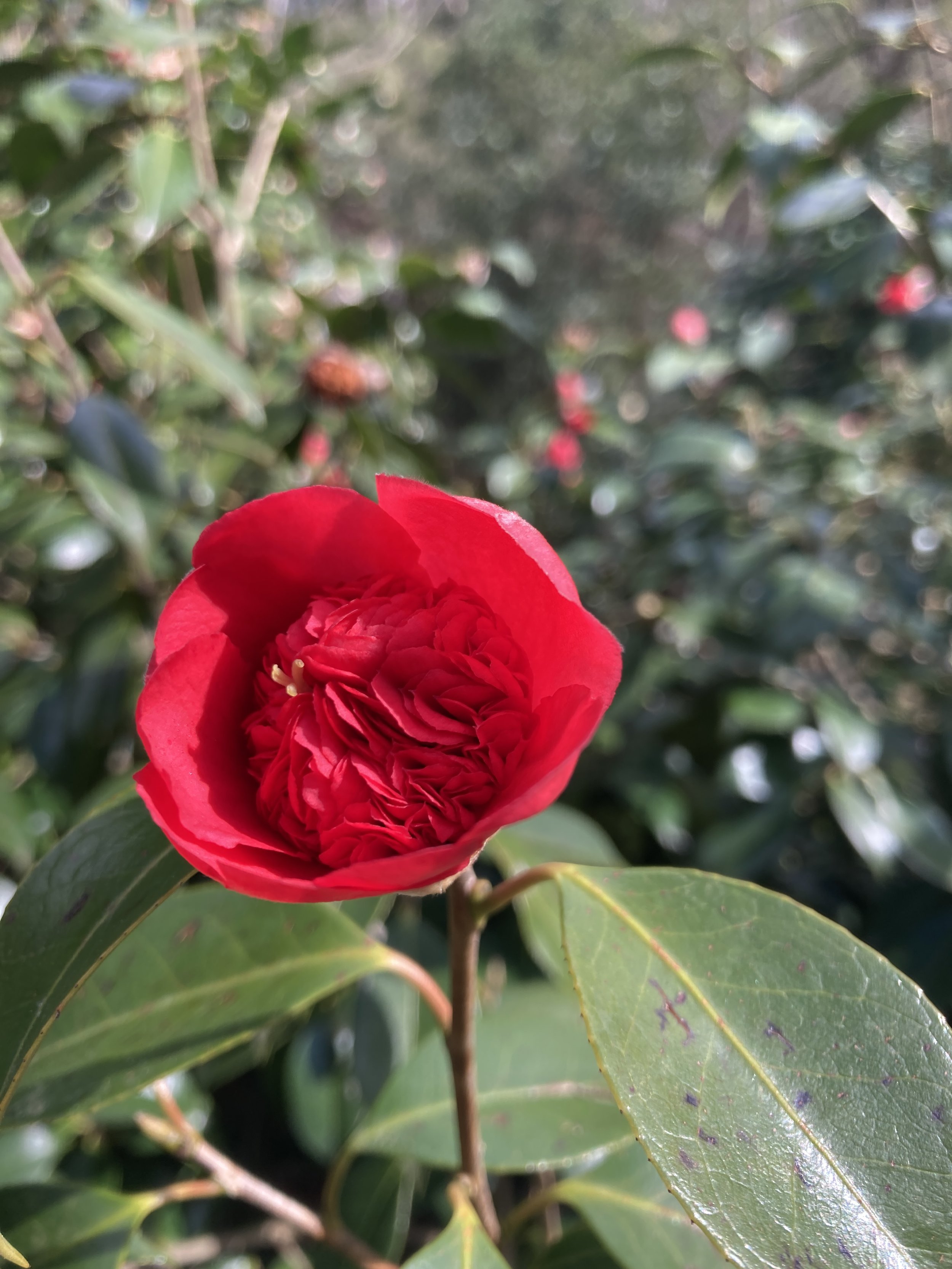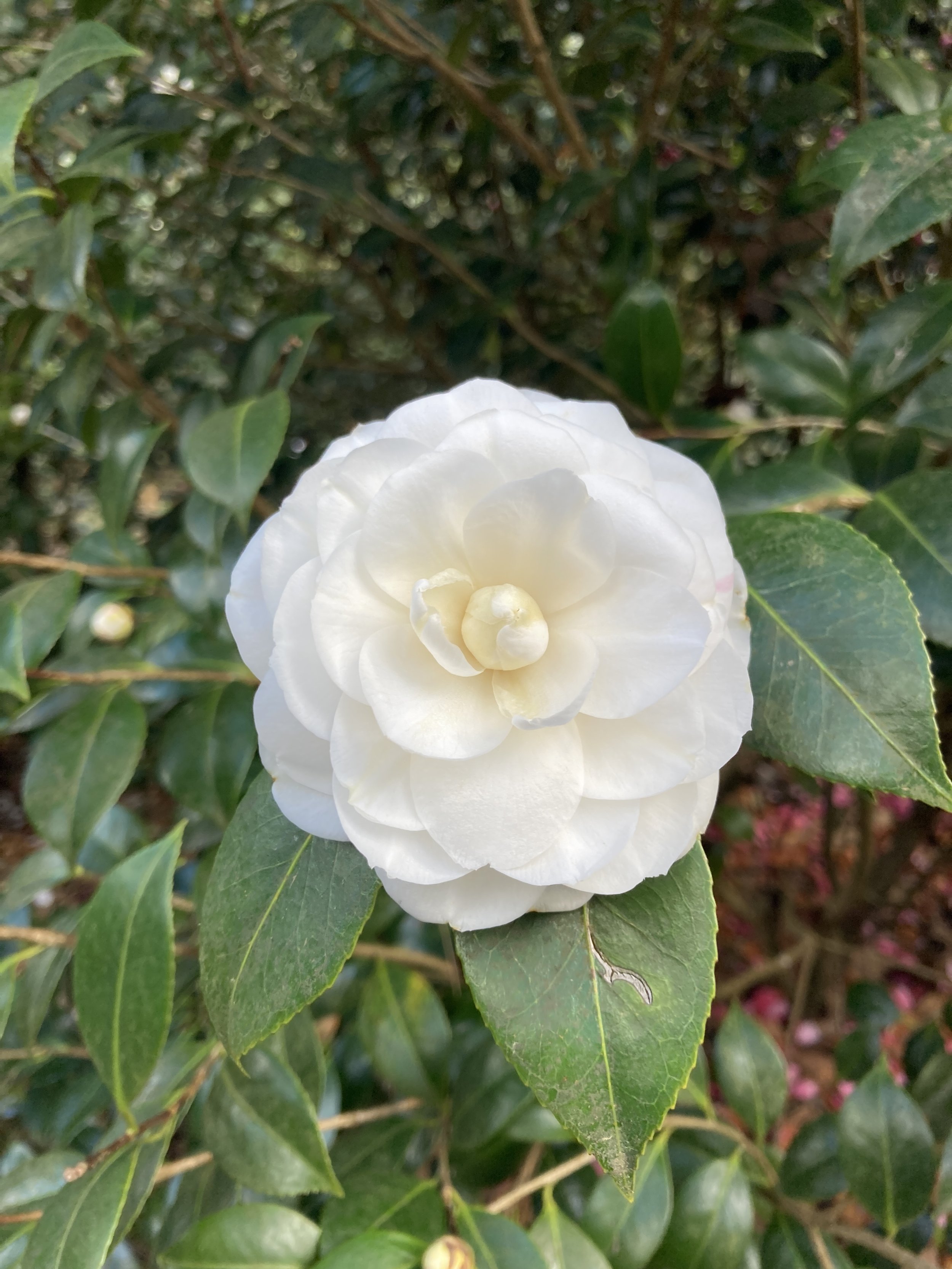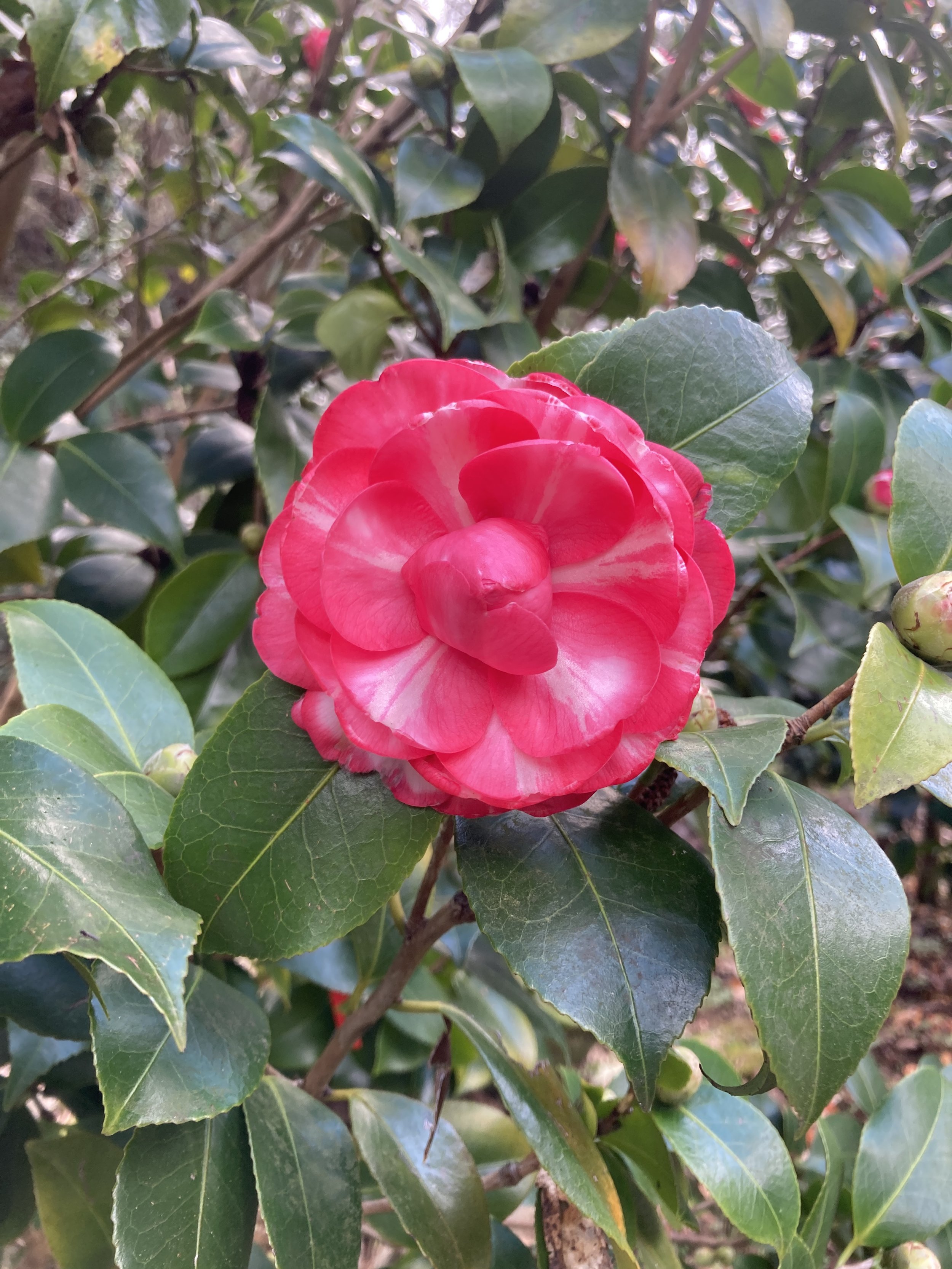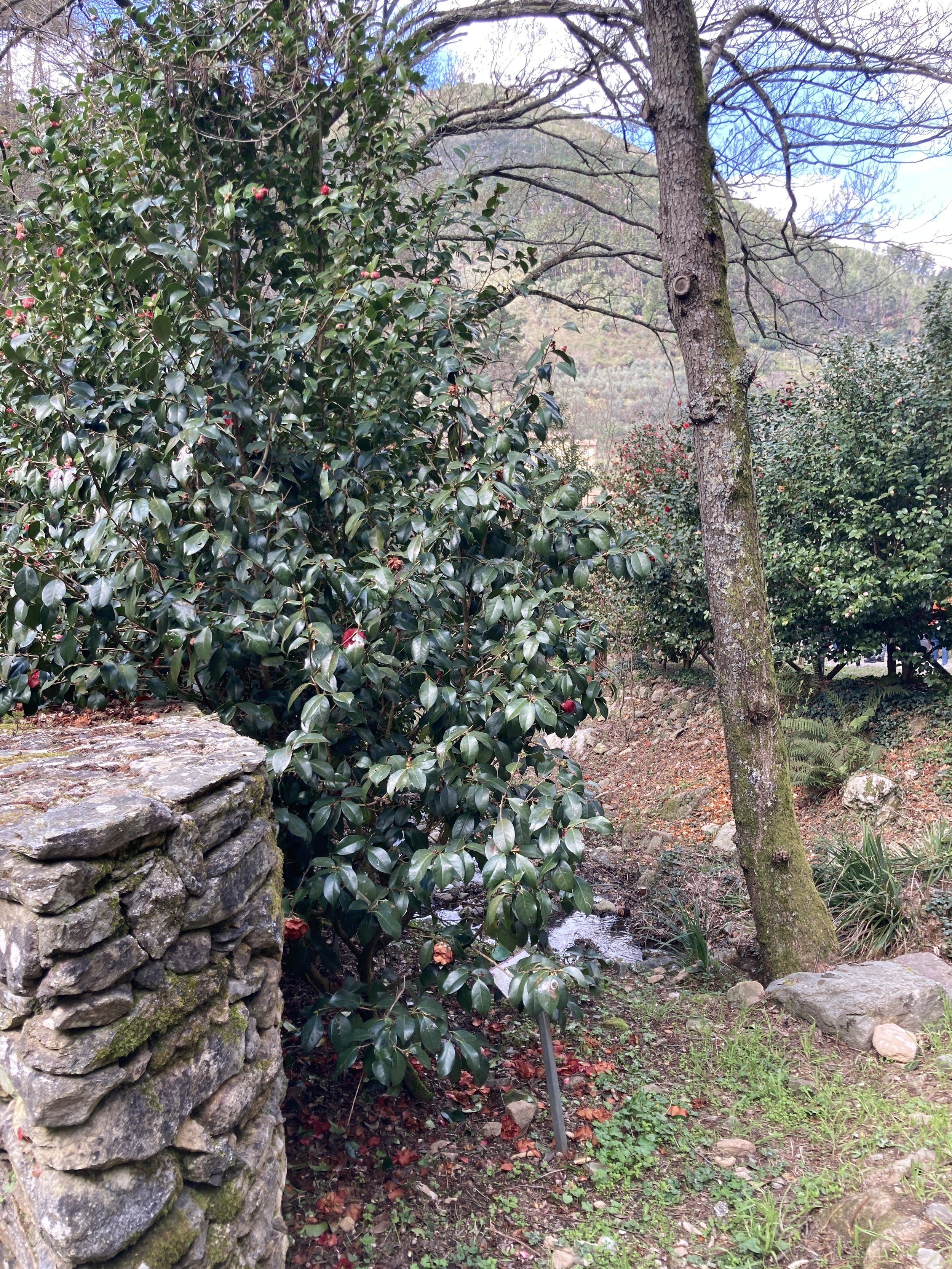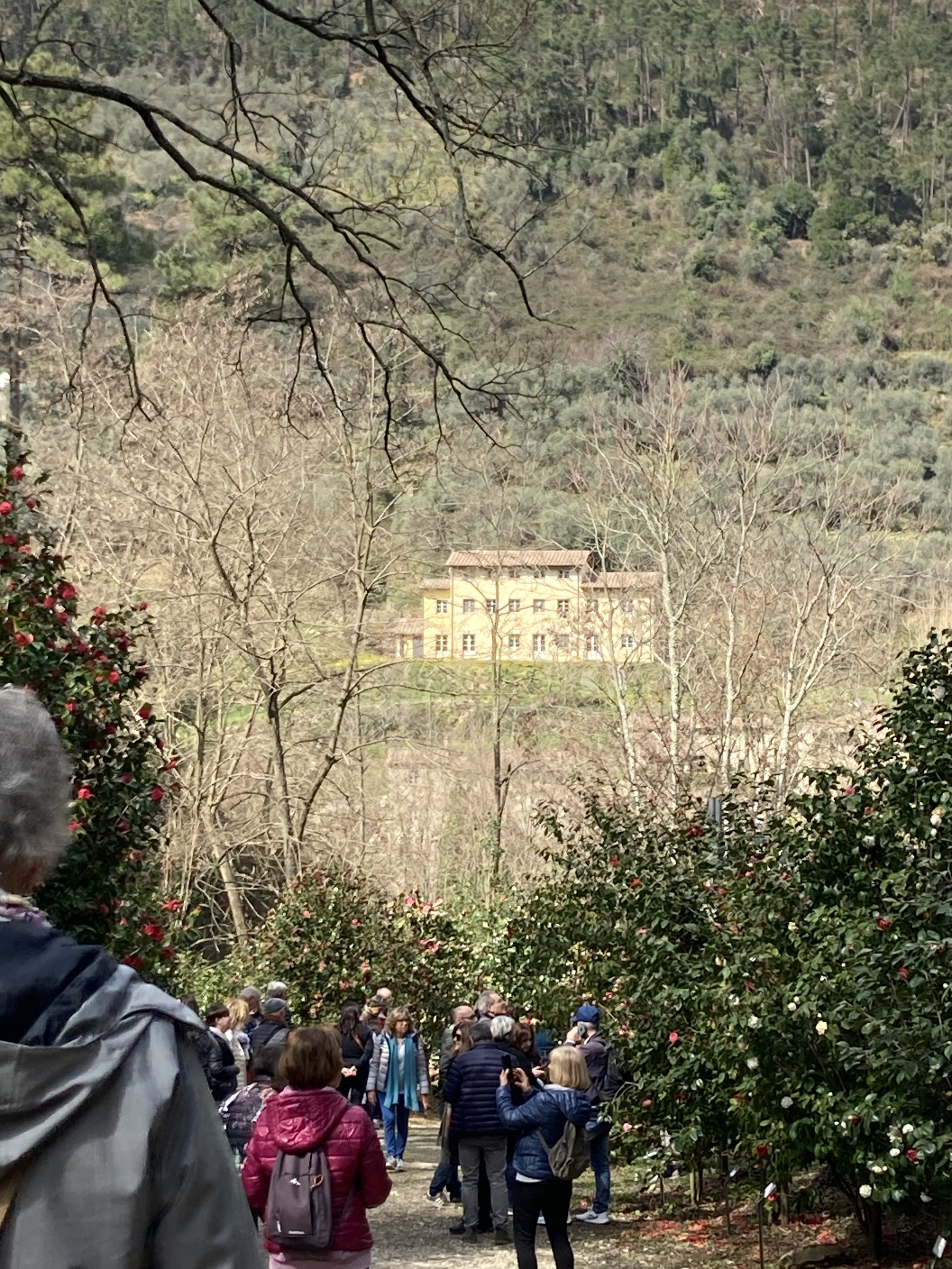Blue Skies and a Perfect day in Sant’Andrea di Compito
The countryside around Lucca, Italy is dotted with beautiful villas and interesting small towns. One inviting place to visit is the medieval borgo (village) of Sant’Andrea di Compito which sits along a small stream and up a gentle hill, about 10 km (about 6 miles) outside of Lucca.
Sunny skies, the sound of water in the stream, and birds singing all contributed to a perfect March day in Sant’Andrea di Compito
Known as the Borgo delle Camelie, Sant’Andrea di Compito plays host each March to a festival showcasing an astounding collection of ancient camellia bushes, both the ornamental variety and the variety used for making tea. In fact, Italy’s only tea field (actually a walled garden, the Antico Chiusa Borrini) can be found here.
I visited Sant’Andrea during the annual Camellia Festival in 2018 and again in 2019 but had not returned since the lifting of pandemic restrictions. It was definitely past time for a return visit! So, along with a few friends, I set off for Sant’Andrea di Compito on a sunny spring-like morning. The village was just as charming as I remembered and the bright blue skies provided the perfect backdrop for wandering through the winding medieval streets.
Two previous blog posts tell the story of the Camellias (see links at bottom of page) so today I will use few words but lots of photos to describe this enchanting medieval village.
The streets of Sant’Andrea are lined with stone walls, rustic wood fences, lovely homes, historical towers, churches and, of course, flowers.
The walled garden of the Villa Borrini is an intimate, serene space. The Borrini family planted these Camellias nearly 200 years ago. Signage, in Italian and English, gives the name and description of each variety along with the date planted.
As if all of this floral beauty were not enough, near the entrance to town runs a small stream, crossed by a stone bridge, and tumbling down the hillside. Follow it along to the Camellietum Compitese - a virtual forest of Camellia trees. Somehow I had missed the Camellietum on my previous visits, so finding it on this visit was a delightful surprise.
The Camellietum is home to flowering Camellias in a spectrum of colors from the palest white to the deepest red and all shades in between. There are solid colors, variegated ones, even flowers that seem to have brushstrokes of color. The petal shapes vary as do the central colors and sizes. It was hard to choose a favorite, although I was most drawn to the endless shades of pink.
The large bushes meander along paths up the hillside and along the stream. There is even a market where the plants are sold (or, as their signage says, adopted).
The only problem - neither myself nor any of my friends have gardens here in Lucca, so our longing to buy some plants went unrealized. No matter, we enjoyed “shopping” for our favorite varieties and imagining that we might someday have a spot to plant them.
Gardeners and flower lovers flock to town during the Camellia Festival. For me the flowers are a bonus, a beautiful bonus, but the real star is the village itself.
For further information about the village of Sant’Andrea di Compito and the Camellia Festival:
https://www.twopartsitaly.com/blog/2018/3/25/santandrea-di-compito-borgo-delle-camelie and https://www.twopartsitaly.com/blog/2019/3/24/tea-and-camillias-in-tuscany
